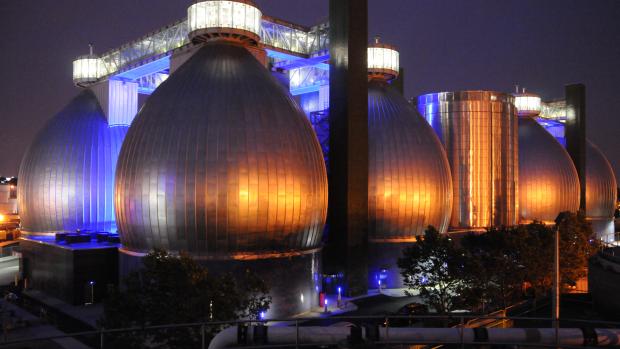Monitoring SARS-CoV-2 in wastwater during NYC’s second wave of COVID-19: sewershed level trends and relationships to publicly available clinical testing data

Collaborators in this research, whose corresponding author is Andrea Silverman, Assistant Professor of Civil and Urban Engineering and a member of the Center for Urban Science and Progress at NYU Tandon, include Catherine Hoar, a postdoctoral researcher at NYU Tandon; and investigators at the New York City Department of Environmental Protection; Queens College of the City University of New York (CUNY); the CUNY Graduate Center; CUNY Queensborough Community College; and the Eugene Lang College of The New School.
In response to the COVID-19 pandemic, the New York City Department of Environmental Protection (NYC DEP) partnered with academic institutions, including NYU Tandon, to launch a wastewater monitoring program with the goal of tracking concentrations of SARS-CoV-2 in wastewater from the city’s 14 sewersheds. Cities like New York established such wastewater-based epidemiology (WBE) programs on the premise that viral particles of SARS-CoV-2, the virus causing COVID-19, are excreted by infected individuals into the sewer system. Such WBE data can provide community-level information that is not biased by rates of clinical testing, which may vary in different communities or at different times throughout the pandemic.
New research, led by Andrea Silverman, assistant professor of environmental engineering, and Catherine Hoar, a postdoctoral researcher under Silverman’s supervision, presents insights from the development of this monitoring program and explores the extent to which trends in SARS-CoV-2 concentrations in wastewater reflect trends in COVID-19 cases confirmed from clinical testing in NYC communities.
To assess the relationship between the concentration of SARS-CoV-2 in the city’s sewersheds and confirmed cases of COVID-19 in the communities served by those sewersheds, the researchers analyzed samples of raw wastewater entering each of NYC’s 14 wastewater treatment facilities every week during the City’s second wave of the COVID-19 outbreak, beginning in in August 2020. They then compared viral load data they’d gathered from wastewater samples to publicly available case data provided by the NYC Department of Health and Mental Hygiene (DOHMH).
In correlating the wastewater and clinical data sets for each sewershed, they found that SARS-CoV-2 viral loads in wastewater corresponded to new laboratory-confirmed COVID-19 cases in the corresponding populations for all individual sewersheds: an increase in COVID-19 cases was associated with an increase in SARS-CoV-2 concentrations in wastewater. The researchers also used this analysis to estimate the minimum number of new COVID-19 cases per day that was associated with detection of SARS-CoV-2 in wastewater with the monitoring methodology they applied.
Broadly, the researchers concluded that relative trends in SARS-CoV-2 loads in wastewater can be evaluated and associated with trends in clinical testing data, and therefore can potentially contribute to situational awareness of disease incidence in large urban sewersheds. The data from this work is publicly available via the NYC Open Data portal and the United States Center for Disease Control and Prevention’s wastewater surveillance data dashboard. As the COVID-19 pandemic continues and evolves, Dr. Silverman and Dr. Hoar continue to partner with and advise the NYC DEP in their ongoing COVID-19 WBE program.
The research was supported by he New York City Department of Environmental Protection (NYC DEP), and the Alfred P. Sloan Foundation.





